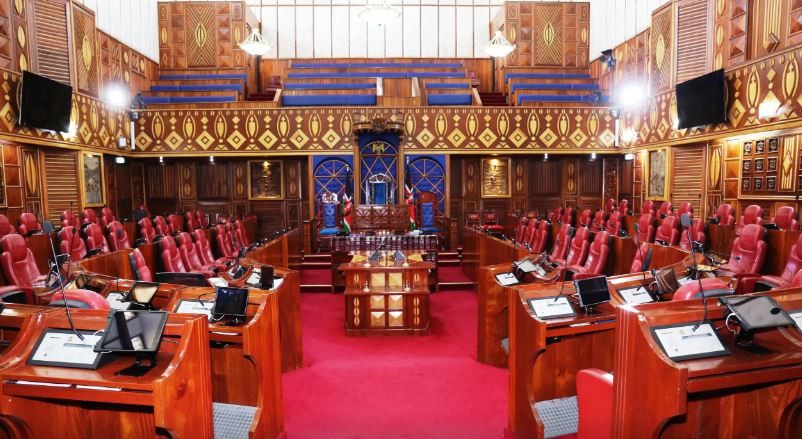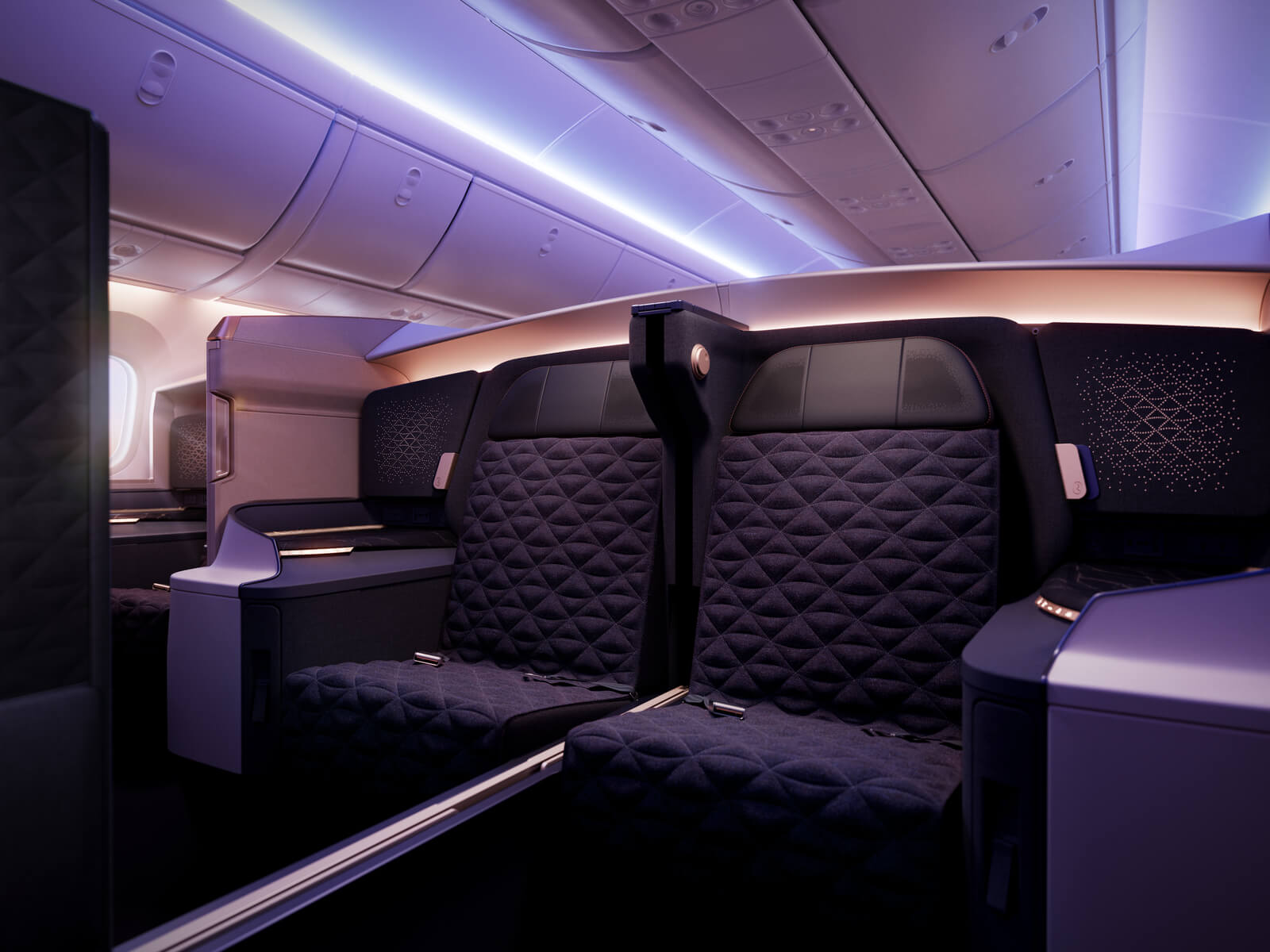The lasting legacy of Eastern Airlines Flight 66 crash - Newsday
The crash killed 113 of the 124 passengers and crew on board, among them the cockpit crew, an Episcopal bishop from Louisiana and Wendell Ladner, a member of the 1974 American Basketball Association champion New York Nets.
Also among the dead was a youth league baseball coach and father of three, headed home to his family in Oceanside.
Fifty years ago this week — June 24, 1975 — Eastern Airlines Flight 66, a Boeing 727 en route from New Orleans, crashed on final approach into John F. Kennedy International Airport while trying to land in a violent thunderstorm. Ending in a fiery explosion, the horrific accident spread wreckage for hundreds of yards around Rockaway Boulevard and a marsh called Idlewild Park short of Runway 22L in Queens.
At the time it was the deadliest single-plane crash in U.S. history, and third-deadliest behind two midair collisions: one, involving a United Airlines Douglas DC-8 and a Trans World Airlines Lockheed Constellation over New York City that killed 134 on Dec. 16, 1960; the other, over the Grand Canyon on June 30, 1956, that killed 128.
It also was a crash that would help change the airline industry — and, improve airline safety — for generations to come; the first major crash leading to the discovery of a then little-known phenomenon: microburst-induced wind shear.
The 53-page accident report by the National Transportation Safety Board found the probable cause was "the aircraft’s encounter with adverse winds associated with a very strong thunderstorm" leading to a sudden uncontrollable descent causing the jet to strike airport light towers. In addition, warnings of wind shear affecting previous flights on approach were ignored by air traffic controllers and the Eastern Airlines crew.
As former NTSB investigator Jeff Guzzetti, an aviation expert who heads the Washington, D.C.-area consulting firm Guzzetti Aviation Risk Discovery, said: "Eastern Airlines Flight 66 was the foundation that created recommendations that basically cemented the concept of microburst hazards into the lexicon of the airline industry ... It was the first big accident that gave rise to the question of whether or not it was just wind shear, if it was just high winds, or if there was some sort of phenomena going on here that we really don’t understand."

A crane lifts the remains of the wing of the Eastern Airlines Boeing 727 jetliner from Rockaway Boulevard in Queens on June 26, 1975. Credit: ASSOCIATED PRESS
It was Japanese-born meteorologist Tetsuya (Ted) Fujita who led the crusade to determine how weather brought down Flight 66, his controversial theories about downbursts strong enough to crash a jetliner at first dismissed by experts. It would take a series of subsequent accidents, culminating with the August 1985 crash of Delta Flight 191 at Dallas-Fort Worth, to convince the world he was right.
The crash of Eastern Airlines 66 led to the use of improved Doppler radar and enhanced low-level weather warning systems at airports worldwide. It also led to changes in how safety information was relayed in real time to pilots and crew.
Fujita, who died in 1998, became known as "Mr. Tornado" for his research of storms.
The F used to rate tornado strength stands for Fujita.
Weather in New York in the afternoon of the crash was violent, marked, the NTSB would note, by low, dense clouds, intensive thunderstorms, and "severe changes of wind direction, turbulence, and downdrafts" on the path into Kennedy.
One pilot of an approaching DC-8 told controllers: "I just highly recommend that you change the runways ... " When the controller replied winds appeared within acceptable limits, the pilot of that Flying Tiger Line flight responded, emphatic: "I don’t care what you’re indicating." After other approaching flights landed safely but warned of concerns, the Eastern Airlines captain remarked: "You know this is asinine."
Still, the crew elected not to take evasive action.
The low-wing, tri-engine Boeing 727 slammed into light towers, then, in a fireball, into the ground, about 2,400 feet from the runway threshold at 4:05 p.m., killing 106 of the 116 passengers on board, two of the four cabin crew and all four members of the cockpit crew — Capt. John W. Kleven, 54; First Officer William Eberhart, 34; and Flight Engineers Gary M. Geurin, 31, and Peter J. McCullough, 33.
One surviving passenger died soon after, bringing the toll to 113.
Now a managing director at the Manhattan public relations firm Rubenstein Communications, Gary Lewi, 72, was a 22-year-old radio reporter for the Long Island News Network when he covered the crash.

As a DC-8 jetliner approaches Kennedy Airport for landing, police look over the wreckage of Eastern Airlines Flight 66 at Rockaway Boulevard in Queens on June 25, 1975. Credit: ASSOCIATED PRESS
His recollection: Ominous dark clouds; lights from emergency vehicles bouncing off them in time. Bodies scattered about; a line of corpses under canvas. Mayor Abe Beame, conducting a news conference at the scene. And, Lewi recalled, an earthen berm not far from the carnage where bystanders stood, watching it all.
"It was like a scene from a [Federico] Fellini film," Lewi said last week. "Just everything that was happening, including walking through wetlands to get to the nearest residential home to find a phone so I could file my story ... I have covered other air crashes. But this one left you with images that are indelible.
"You were attending a mass funeral — and, how can you process that? You can’t."
Attorney and former Nassau County Legis. Jeff Toback, 66, of Long Beach, was a 16-year-old student at Oceanside High School when the crash killed his father and baseball coach, Richard. Eldest of three, Jeff’s brother Robert was 13, sister Ellen 11.
All now parents, the three have vastly different memories of that day.
An accountant, Richard Toback, 40, had been in New Orleans on business. It is believed he flew standby, leading to initial confusion on whether or not he was a passenger. June 24 was his wedding anniversary.
Instead of a celebration, his wife, Ann, became a widow.
"The way I remember it, she got a call from his partner, saying he could be on the plane," Jeff Toback said. "It was a tense time ... Though, I guess I was old enough to realize what was happening and how this was going to change our lives forever." But, Toback said, he didn’t think about details until, as a legislator, he attended an event at the Woodmere Fire Department, where an old firefighter told him of the scene.
Toback was then about the age his dad had been.
"He said it was the worst call of his life," Toback said. "It was probably all more than I wanted to know."
Robert Toback, of Delray Beach, Florida, celebrated his bar mitzvah 10 days before the crash. "What I remember is my friends showing up at the funeral home wearing the same suits they’d worn at my bar mitzvah," he said.
Ellen Dorfman, now of Boca Raton, Florida, recalled her brothers shared a room. "And," she said, "I slept on the floor between them that night."
What the trio remembers is not the ensuing legal battles, nor the settlements with Eastern, which ceased operations in 1991.
It was that Ann Toback, now Ann Toback Bair, 89, showed incredible strength — just months later taking her children on vacation to Disney World in Orlando. They flew Eastern Airlines.
"Losing her husband," an emotional Jeff Toback said, "it turned her into this supermom overnight. She became the sole breadwinner, the sole parent. But, she did everything she could to make as typical a life for us as she could ... I'd like to think everything good that came out of this was her fault."
The NTSB report praised the response by the Port Authority and FDNY firefighters, noting the first fire truck arrived within twominutes.
Tragic as it was, the crash of Eastern Airlines Flight 66 and the investigations that followed brought changes that continue to benefit travelers worldwide.
It led to development of the first low-level wind-shear alert system implemented by the Federal Aviation Administration in 1976, to that study of downbursts and their effects by Ted Fujita. It led to new procedures on how runway selections were made at Kennedy, LaGuardia, Newark and Teterboro — placing new emphasis on minimizing weather hazards instead of factors like noise abatement.
It even changed how airport light towers are constructed and placed.
As Guzzetti said: "I firmly believe after serving as an accident investigator that thousands of lives have been saved because of lessons we’ve learned ...
"Now," Guzzetti said, "diversions due to weather happen hundreds of times a year ... diversions that might not or would not have occurred prior to what was learned from the crash of Flight 66."

John Valenti, a reporter at Newsday since 1981, has been honored nationally by the Associated Press and Society of the Silurians for investigative, enterprise and breaking news reporting, as well as column writing, and is the author of “Swee'pea,” a book about former New York playground basketball star Lloyd Daniels. Valenti is featured in the Emmy Award-winning ESPN 30-for-30 film “Big Shot.”









